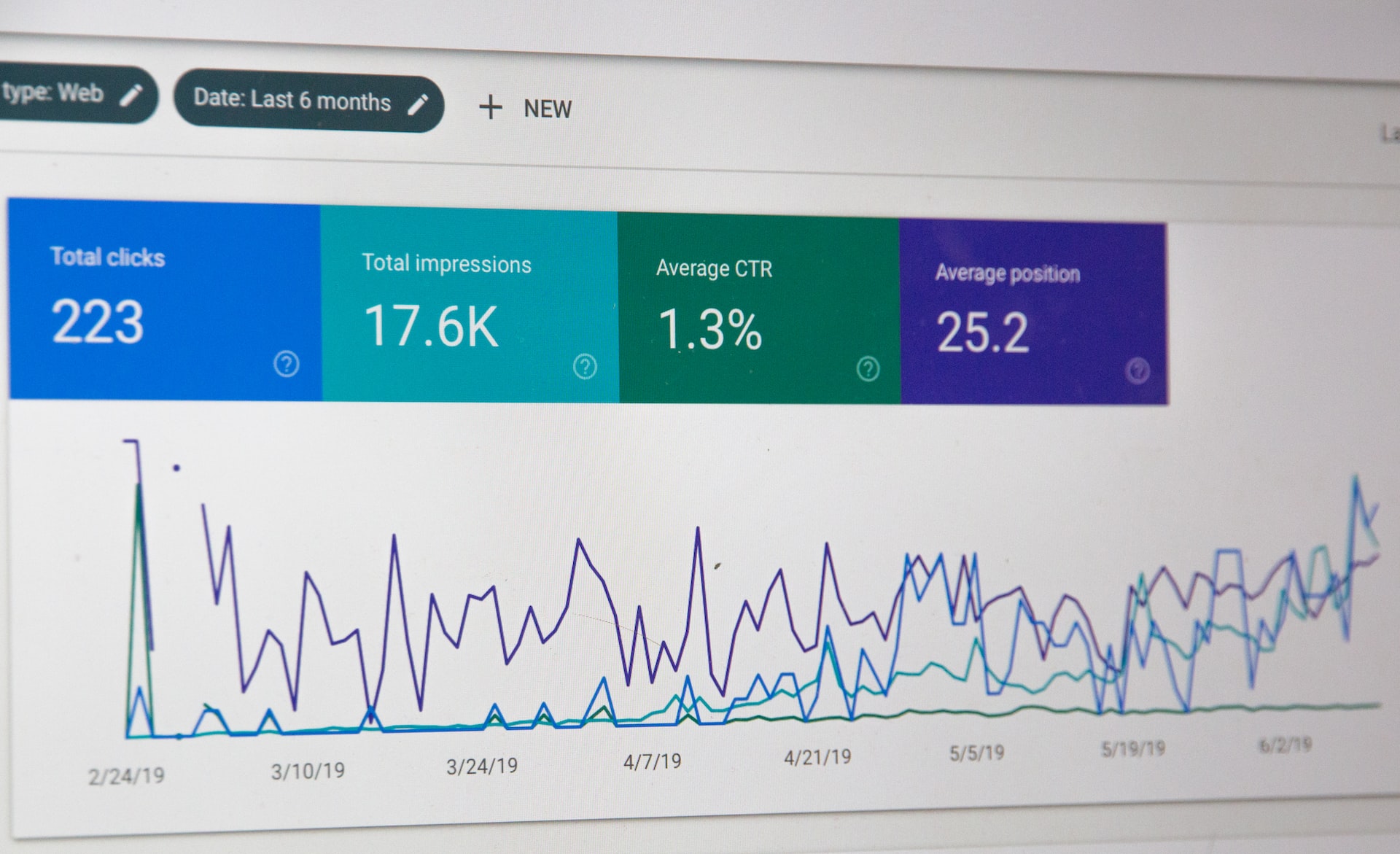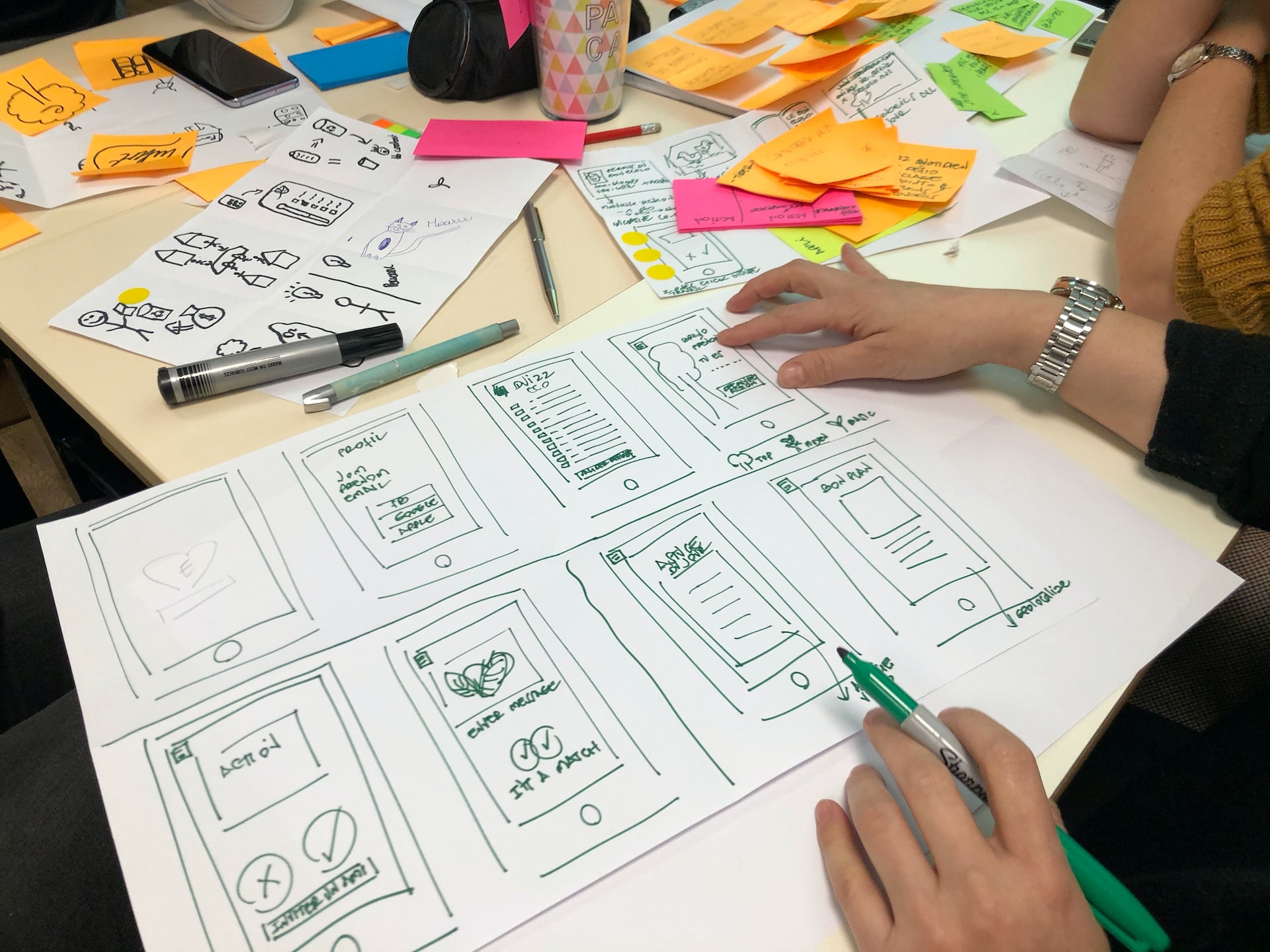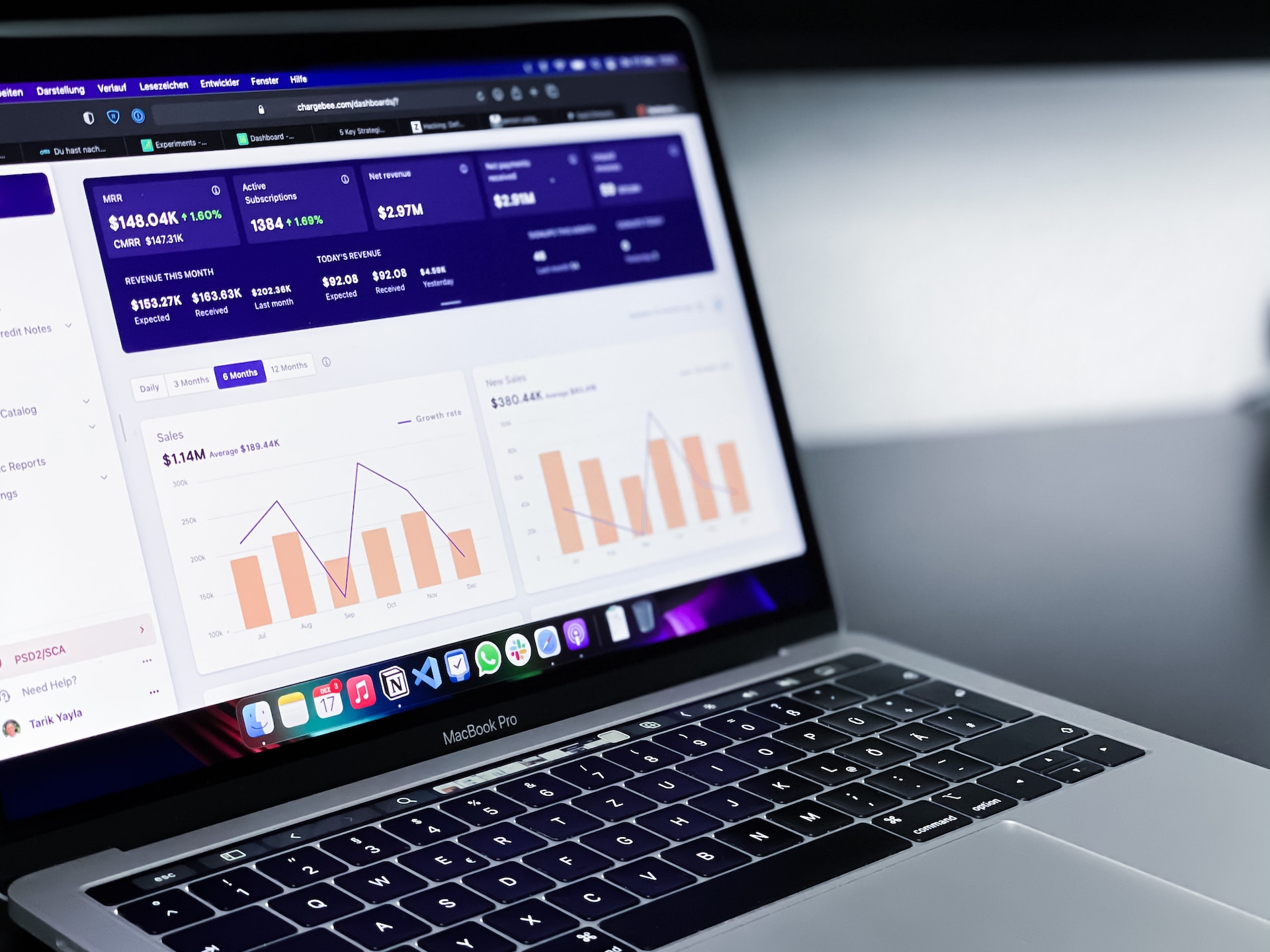What is Growth Hacking?

Key Principles of Growth Hacking
1. Focus on the North Star Metric
2. Adopt a Data-Driven Mindset
3. Iterate and Optimize
4. Leverage Virality and Network Effects
Growth Hacking Techniques for Product Managers
A. Acquisition Strategies
- Content marketing: Creating valuable and shareable content that attracts users and drives organic traffic to the product
- Search engine optimization (SEO): Optimizing the product's website and content for search engines to improve organic search visibility and drive more traffic
- Influencer marketing: Partnering with influencers in the product's niche to reach new audiences and drive user acquisition
- Social media marketing: Leveraging social media platforms to engage with users, share content, and attract new users to the product
B. Activation Strategies
- Onboarding: Designing an intuitive and engaging onboarding experience that helps users understand the product's value and how to use it effectively
- Personalization: Tailoring the user experience to each user's preferences and needs, making the product more relevant and engaging
- In-app messaging: Communicating with users through in-app messages, notifications, or emails to guide them through the product and encourage engagement
C. Retention Strategies
- Regular updates and improvements: Continuously iterating on the product, adding new features, and improving existing ones to keep users engaged and satisfied
- Customer support: Providing exceptional customer support to address user issues, concerns, and feedback, which helps build trust and loyalty
- Re-engagement campaigns: Running targeted re-engagement campaigns (such as email, push notifications, or in-app messages) to bring back inactive users and remind them of the product's value

D. Monetization Strategies
- Pricing experimentation: Testing different pricing models and strategies to find the optimal balance between revenue generation and user satisfaction
- In-app purchases: Offering optional in-app purchases that provide additional value or features to users, driving revenue while enhancing the user experience
- Freemium model: Providing a free version of the product with limited features, encouraging users to upgrade to a paid version for access to premium features and functionality
Growth Hacking Examples
Example 1: Dropbox
Example 2: Slack
Example 3: Airbnb
Related Courses
User-Centric Product-led Growth in the AI Era
Combine behavioral science and proven growth strategies to create a diverse roadmap, get buy-in, and drive impact with high quality.
Unlock your app's growth and maximize revenues
Apply Product-led & Marketing-led Growth principles. No 'hacks' but a structured approach to growth by creating value for users and business
Growth Design for a Sustainable Future
Elevate your design strategy: connect creativity to business growth, measure impact, and build your team's growth design capability⚡️
Build your Startup Growth Machine
Find your big growth levers and pull them. Adopt the framework we've used to help over 200 seed-stage startups grow 10X - 100X in 3 years.
The PM's Playbook to Revenue Growth
Turn product insights from real-world case studies—featuring Uber, Airtable, Meta, and many more—into measurable revenue gains in 3 weeks.
Self-Serve User Onboarding for Rapid Product Growth
Supercharge your activation with access to insights from 80+ companies like Notion, Atlassian, Coda, and HubSpot.
You might also like

Growth Marketing: The 2023 Definitive Guide

A Product Team's Secret Weapon: Customer Success

Product Management in 2023: An In-Depth Guide

